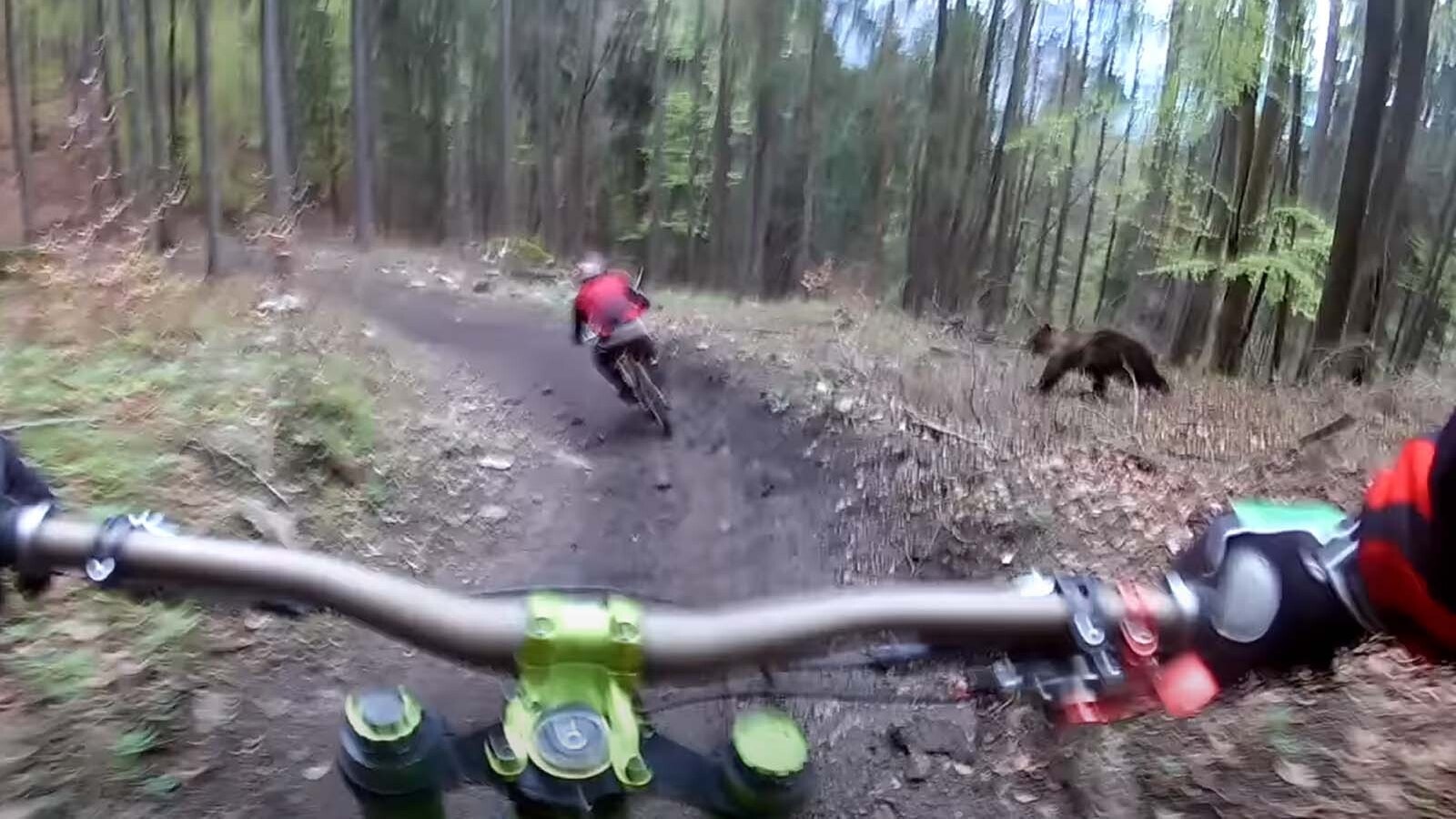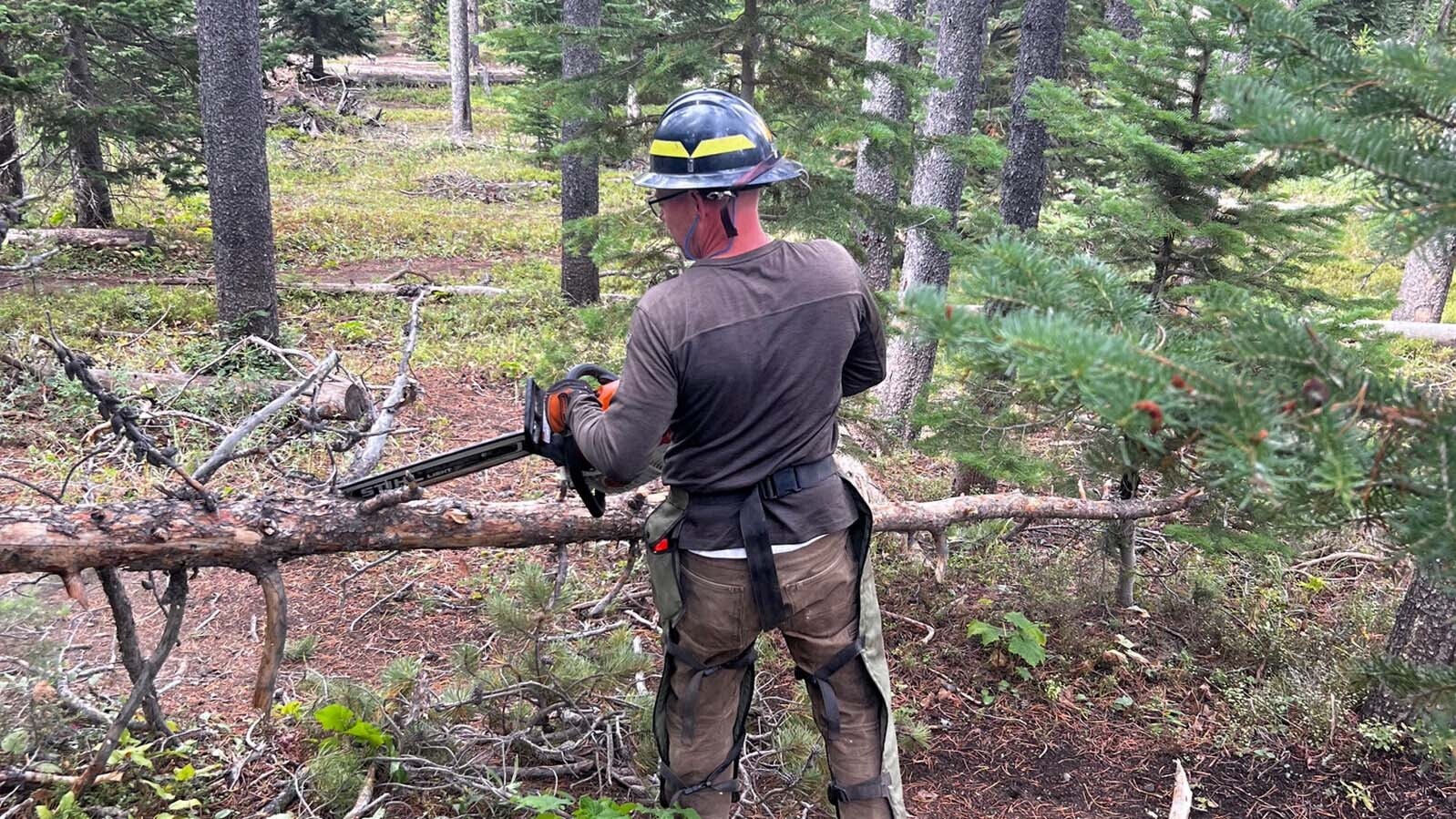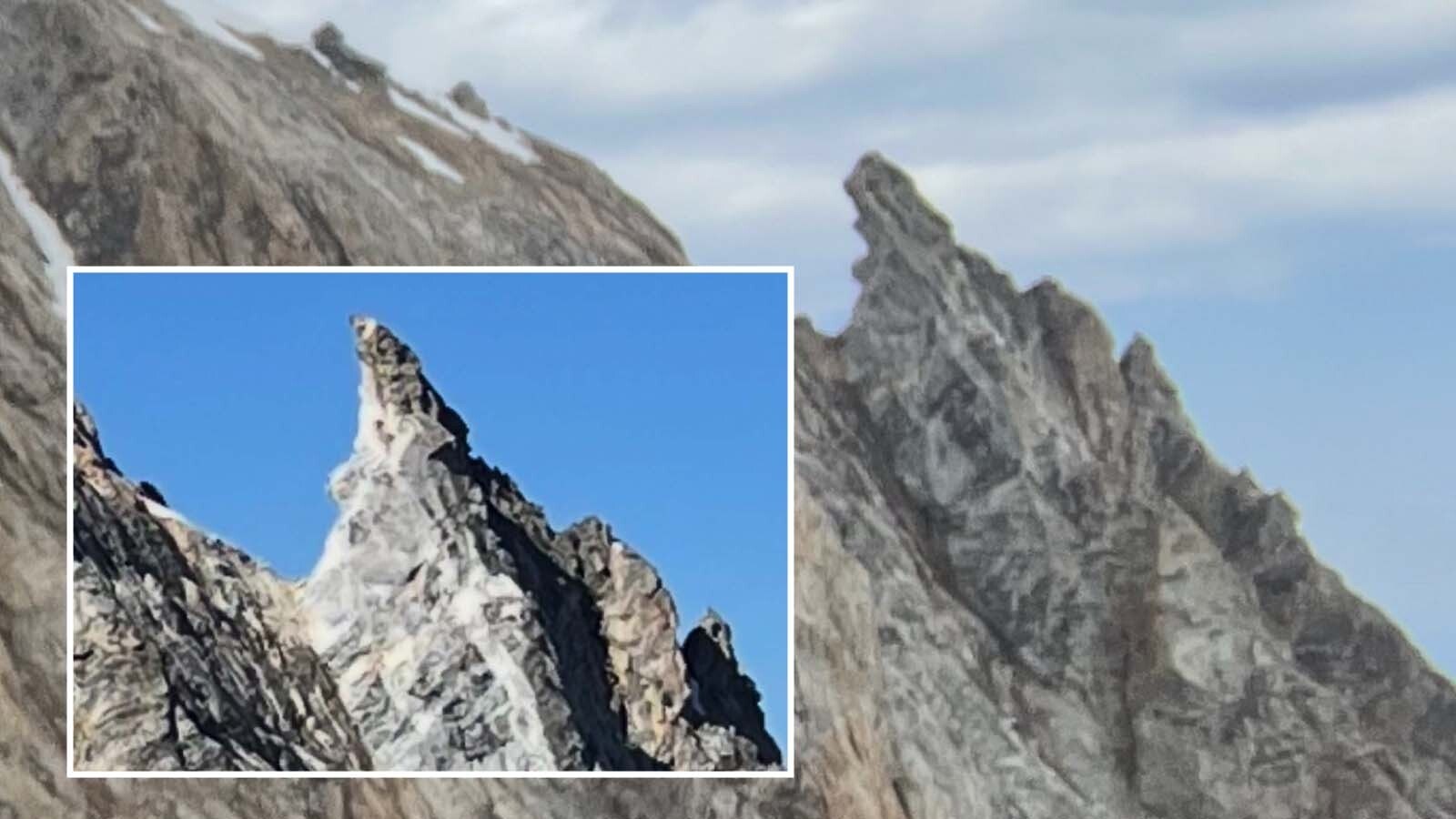Hundreds of people reported seeing a huge purple-green fireball streak across several Western statesSaturday night. The colorful meteor was seen as far north as Canada, south as Colorado, and west as the Pacific Coast.
Thanks to reports submitted to the American Meteor Society (AMS), it was determined that this was a Wyoming fireball. This meteor entered Earth’s atmosphere somewhere over Yellowstone National Park around 9:20 p.m. Saturday and could be seen over a thousand miles away before rapidly disintegrating.
Max Gilbraith, planetarium coordinator for the University of Wyoming, called it a “once-in-a-decade” fireball. Several Wyomingites saw it with their eyes and shared images and videos captured on camera for the brief moment it was visible in the night sky.
“This one was really, really special,” he said.
Yellowstone’s Fireball
AMS defines a fireball as “a very bright meteor, generally brighter than magnitude -4,” about the same brightness as the planet Venus or even a full moon. Hundreds of fireballs fall to Earth every day, but most are too small to be seen or can’t be seen during daylight hours.
“They’re burning hotter than the surface of the sun as they enter the atmosphere,” Gilbraith said. “If it’s sufficiently bright, and you stare at it for an extended time, it could hurt your eyes.”
Sightings of this fireball were reported from southern Alberta to southern Colorado, and as far west as Portland, Oregon. Gilbraith said these reports helped AMS determine the spot where the fireball entered Earth’s atmosphere.
“It looks like it entered the atmosphere right over Yellowstone Lake and ended up over U.S. Route 20 in Idaho,” he said. “The AMS reports ask about directionality and timing, which they can use to triangulate the meteor and dial in exactly where the event was.”
It’s possible that some fragments of the meteor survived the hotter-than-the-sun descent and landed over Wyoming and Idaho. Good luck finding any, however.
“You’d be hard-pressed to find a fragment of black meteorite that landed in the woods, or Craters of the Moon National Monument,” he said. “I wouldn’t waste my time unless you had a metal detector and plenty of patience.”
Colorful Chem Trail
Retired Wyoming State Climatologist Jan Curtis didn’t see Saturday night’s fireball, but he’s seen several in the sky. He said the bright colors are determined by the mineral makeup of the meteor.
“Fireballs don’t have the same brilliance in color,” he said. “Some are just iron, while others are more like stone with different minerals, elements, and other compounds that are outgassed as it burns up. Each one is different, but some are rarer than others.”
Green fireballs are fairly common, usually from the burning of iron and magnesium inside the meteor. The Saturday night meteor was much more colorful, with many people reporting a spectacular spectrum of colors, including green, blue, yellow, purple, pink, white, and red.
“The colors indicate that there were strong concentrations of elements, probably iron and nickel, and maybe manganese and copper,” Gilbraith said.
Gilbraith said this elemental science has been used to create fireworks for hundreds of years. The colors are created by adding different quantities of elements that will make the red, white, blue, and other dazzling displays when they burn or explode at very high temperatures.
Anything that burns is bound to leave a trail behind. Curtis said fireballs leave a contrail of fine particles behind them, which can be observed under the right conditions.
“The contrail from the leftover smoke trail can last for hours if the wind is high in the atmosphere,” he said. “You can see the drifting and expanding particles forming into contorted shapes long after the meteor has burned up.”
A man who identified himself only as Dennis M. submitted an AMS report from Old Faithful in Yellowstone National Park. He reported the fireball as “light blue and dark green” with “fiery traces” visible in the sky once it disappeared.
A video recorded from Jackson shows the meteor leaving a bright purple streak over the Cowboy Bar's neon lights.
“It’s nature’s way of letting us know what specific minerals are burning in those fireballs,” Gilbraith said.
Boom And Bombast
This fireball didn’t survive its atmospheric entrance. Many AMS reports describe an explosion and “a boom” several minutes after the meteor disappeared.
Meteors can explode with tremendous force. Gilbraith referenced the Chelyabinsk meteor, which exploded over Russia in 2013 with 30 times as much energy as the nuclear bomb that was dropped on Hiroshima at the end of World War II.
“When a large meteor burns up in the atmosphere, it can create a sonic pressure wave as it explodes that can shatter glass and cause injury,” he said. “It can have sufficient force to cause hearing loss and could seriously injure someone if they got hit by one of the fragments.”
Fortunately, there have been no reports of injuries or damage caused by Saturday night’s Yellowstone fireball, Gilbraith said, adding it’s nothing to lose sleep over.
Nevertheless, Gilbraith and Curtis said a fireball of this size and colorful brilliance is rare, especially for Wyoming.
“They’re not exceptionally rare, but this one was noteworthy because so many people noticed and reported it,” Curtis said. “I’ve only been lucky enough to capture one in all the years I’ve been photographing the sky.”
Sightings are becoming more common thanks to the increase in security and dashboard cameras that capture unexpected celestial events over the years. AMS received videos of the Yellowstone fireball from a home security camera in Deaver and a dashcam in Salt Lake City, Utah.
“People in Jackson put up cameras to make sure bears aren’t getting into their trash, and capture these great images of fireballs,” Gilbraith said. “All this footage will help us study and understand fireballs.”
Andrew Rossi can be reached at arossi@cowboystatedaily.com.





